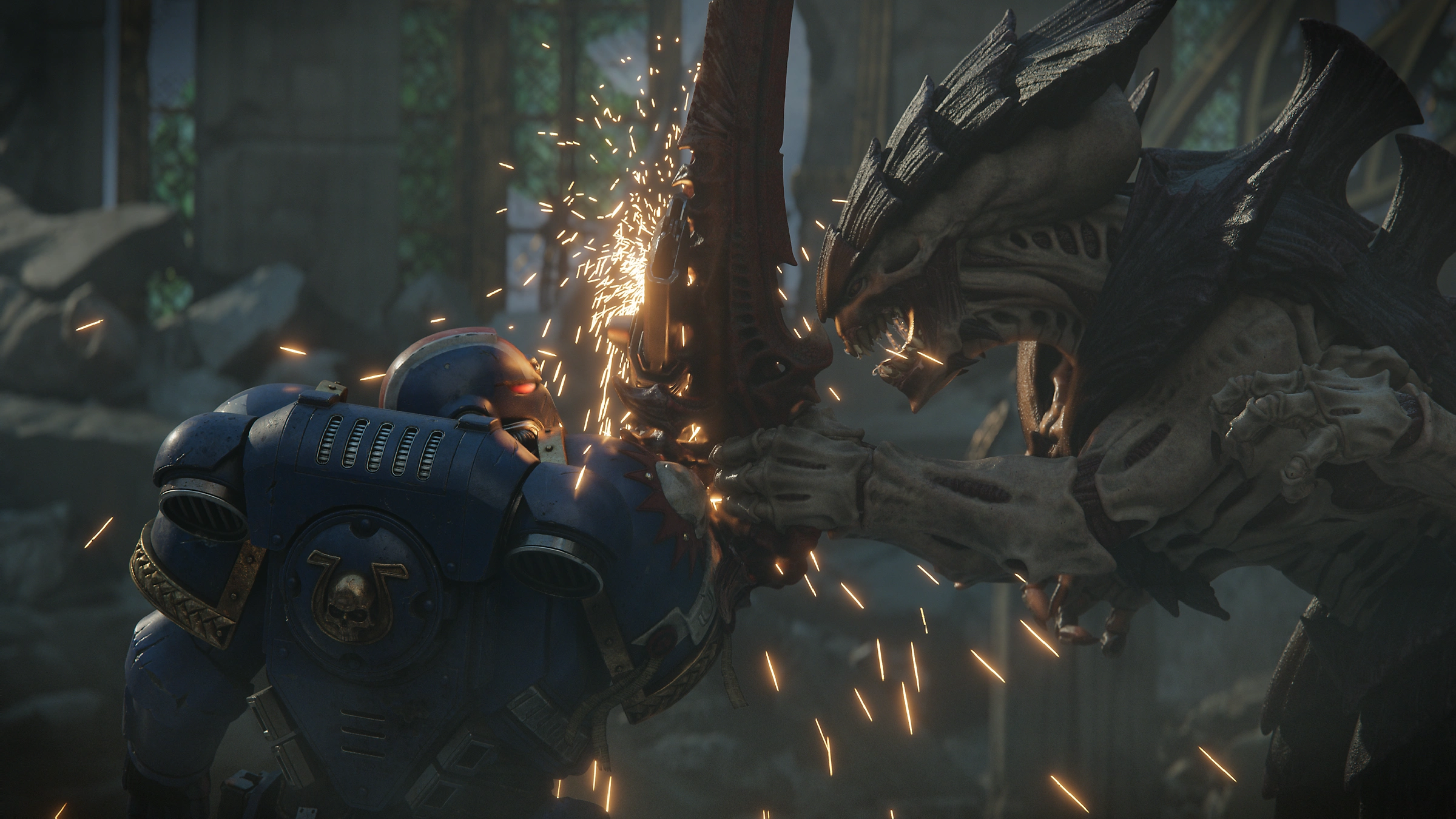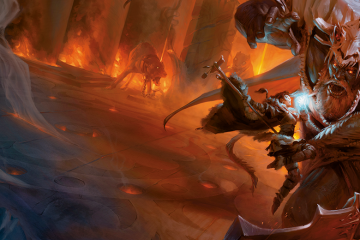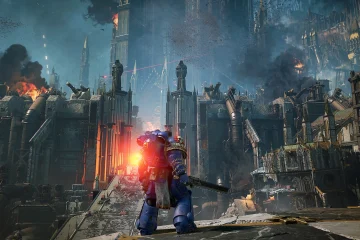Warhammer: Age of Sigmar, the fantasy sibling to 40K, has quietly evolved into a rich and complex universe in its own right. Since its controversial launch in 2015, Age of Sigmar has undergone multiple overhauls, expanding both its lore and gameplay. Today, it stands as a robust fantasy game with high-stakes narratives, stunning miniatures, and a growing global fanbase.
The game is set in the Mortal Realms, a sprawling multiverse where gods walk among mortals and entire cities can be wiped out by magical storms or undead hordes. Recent campaigns like the Dawnbringers Crusade explore humanity’s desperate attempts to reclaim land and build civilization in a hostile world, bringing emotional weight to the endless wars between factions.
Gameplay has also matured. The third edition introduced “Path to Glory,” a narrative-driven mode that tracks your army’s development over time. Factions like the Stormcast Eternals, Slaves to Darkness, and Sylvaneth have received sweeping updates—both in terms of rules and model ranges—ensuring competitive balance and thematic depth.
More importantly, Age of Sigmar has embraced accessibility. The newer rulesets are cleaner and better organized, making the game easier to learn while retaining tactical complexity. For fantasy lovers, it offers a unique blend of high-concept mythology, strategy, and artistic expression.
As the setting continues to develop, Age of Sigmar has found its identity—not as a replacement for Warhammer Fantasy, but as an epic saga of its own.
 Free shipping for orders over £100
Free shipping for orders over £100 




https://shorturl.fm/0rT6O
kkckl0
https://shorturl.fm/ROKG6
https://shorturl.fm/TLya3
https://shorturl.fm/89NmG
https://shorturl.fm/LgLVd
nu0as0
https://shorturl.fm/qGFHO
https://shorturl.fm/bchQ1
https://shorturl.fm/MuNBy
https://shorturl.fm/tzvpV
https://shorturl.fm/MbCWW